Text and photos by Alejandro Cartagena.
In Suburbia Mexicana, Alejandro Cartagena seeks a new way in which the subject of urban growth can be addressed and photographically represented. Mimicking the method of physiological free association, he pursues to find causes and effects of the new suburban sprawl in the Metropolitan area of Monterrey in northeastern Mexico. At first glance, his ideas seem to look for no immediate voluntary intellectual reasoning, moving freely from one aspect to another in order to encompass a body of work that allows him to explore new boundaries of his initial conjecture. If we think of our urban landscapes as a reflection of society and as Robert Park has written that “the city is man’s most successful attempt to remake the world he lives in more after his heart’s desire” then we can assert that with Cartagena’s engagement in this project with such diverse and unrestricting forms, he has succeeded in moving closer to our contemporary ways of pursuing information and revealing an unconscious fact about how the modern urban process works.
In the first part of the project, Topographies of a fragmented city, Cartagena sets out to do document the new suburbs. In the past 6 years more than 300,000 houses have been built in the 9 cities that conform the Metropolitan area of Monterrey. Almost a copy of the suburban sprawl of post war USA, the new party in government (PAN) has made its project of housing every possible family, one of its main economical programs to revive Mexico’s economy. As other photographers who have addressed issues of urban growth, he is also fascinated and bewildered by the man-altered landscape. The search to use these sites as metaphor of societies need for land ownership and economical prosperity is represented in many of his juxtapositions of the natural and man made structures.
In the second part, Alejandro draws our attention to a much-photographed theme in photography: the abandoned site. But it is in the context of this project that these images gain strength, as they are not sheer observations of an already striking place; these urban holes are a direct cause and consequence of suburbia. Land speculation in Monterrey’s downtown has many of these patches of land in complete desertion, as owners wait for a possible revival of the old city center in order to gain bigger profits in case of a sale. In the mean time, developers are scared off on to the periphery because of the high cost of this speculative land and the laxer constructions standards found in the newer developing areas.
In the third section, Lost Rivers, the author looks into an environmental issue that stems from the excess of housing sprawl. These desiccating bodies of water around and inside the MAM are photographed as something beautifully tragic; a quasi-romantic representation of the negative counterpart of our fashionable urban well-being. In the last 2 decades many of these rivers and streams have been rerouted to damns to supply water for the 9 cities of the MAM or have dried out as suburbia moves closer, destroying vegetation that sheltered and preserved the riverbeds running water. In the end we can also perceive how these photographs have conceptually answered some of the questions posed by the images of the “New Topographers” of the 60´s and 70´s.
In the fourth part titled “The other distance”, Cartagena looks at San Pedro Garza Garcia, one of the richest municipalities in Latin America and part of the MAM. Here Cartagena is bringing forward the connection between the wealthy and new middle and low class urbanization models and their direct relationship in a neoliberal capitalist state economic structure. This economic contrast as we can see has influenced a segmentation of social life styles, pushing further and further away those who are not able to buy “good” land or build houses near the better-urbanized city. When one compares, the contrast Cartagena points out, is a perverse reality of how both spaces are conformed; one is almost completely deprived of social cohesion space like parks and public plazas, and nor are they fit for well designed transport infrastructure, hospitals or education centres, while the other model lives and expects, as their right to the city, to have these spaces and services available to them. Ironically, both communities are completely entwined and dependent on each other; for the economically wealthy depend on the unending process of urbanization and the labor of the people living in these far away “cities” to keep their capital growing and the laborer class depend on them to acquire these new houses and make a living. In the last part of the project we observe the inhabitants of theses new suburbs and there recently acquired homes. Cartagena has returned to the housing developments he pictured 2- 3 years ago to show us how these sites have become humanized and recording some of the vicissitudes that these new home owners have faced.
Finally we can conclude that in Suburbia Mexicana Alejandro Cartagena is engaging in ideas of changing the ways we approach a photographic subject, ways of producing information and the fact of the excessive urban sprawl triggered since early 2001 in all of Mexico. The possibilities explored by Cartagena can strike us as odd at times but we should embrace the opportunity to explore these parallel narratives presented to us in a documentary style. Even if we are sent off confused and puzzled, the fact remains that economic strategies stretch out to influence all o us, sometimes in a positive manner other times in a negative way, but we are not independent of it. Our current financial crisis is our nearest reference of this and it is not to be taken lightly that it has much to do with the strong human need of homeownership. Alejandro seems not to condemn but to point out and open relationships between issues that, as disparate as they are, sometimes are not seen as a whole in the capitalist state. He also points out how society resides in the dilemma of living as capitalists but wishing for a more fair (socialist?) World.

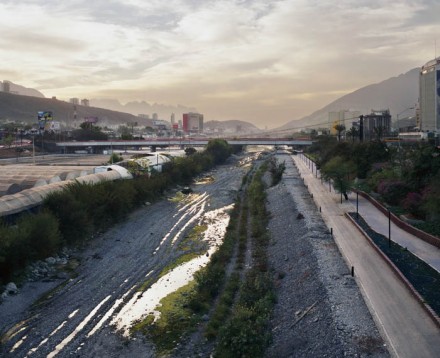
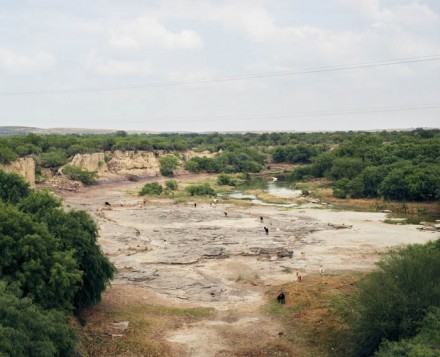

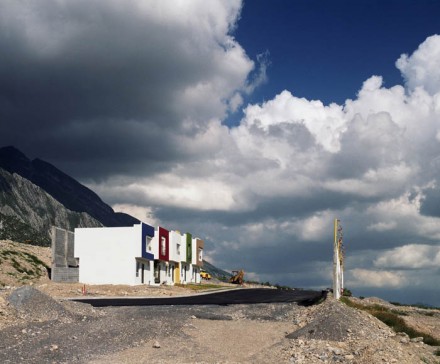
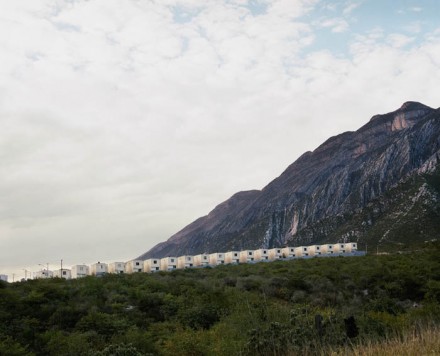
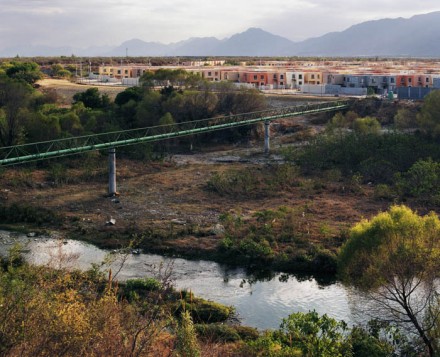
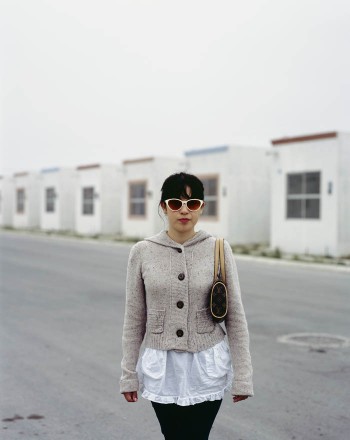
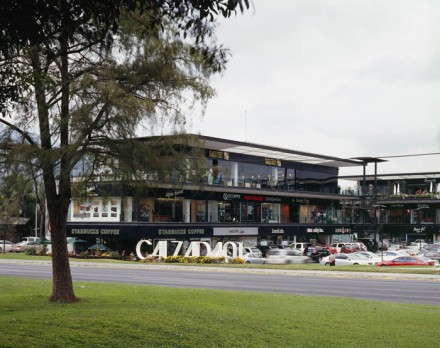
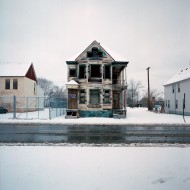
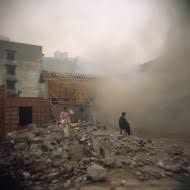
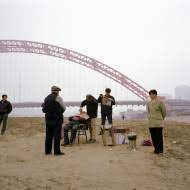
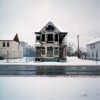
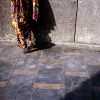





























Fabiano,
thank you for bringing this up. I find Alejandro’s work VERY interesting and I’m a regular subscriber to his blog.
Massimo
You can also subscribe to this post comments RSS feed.